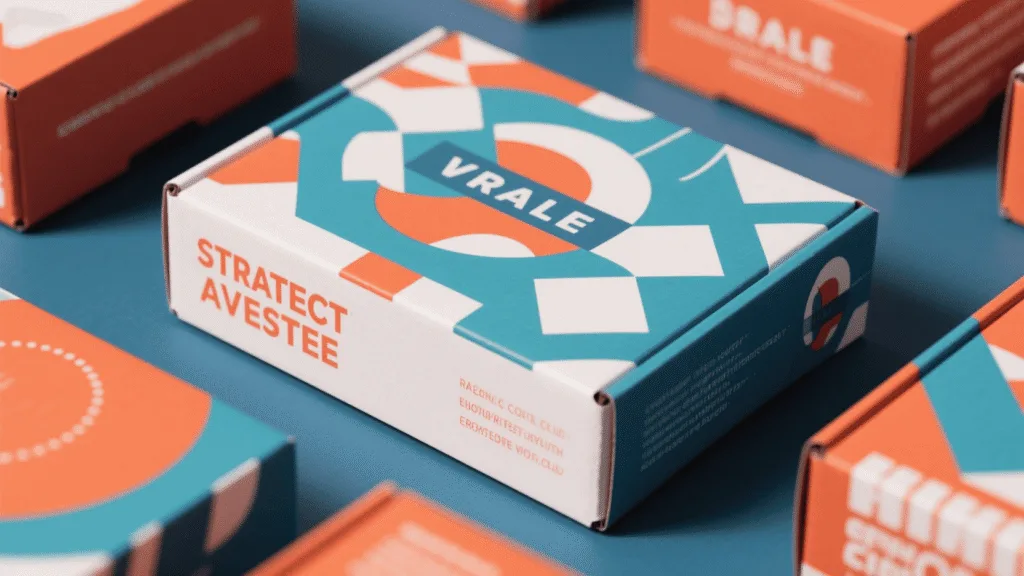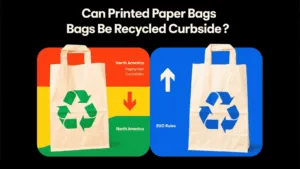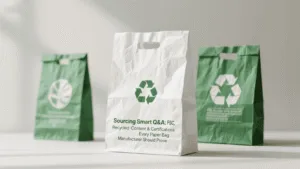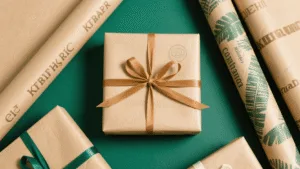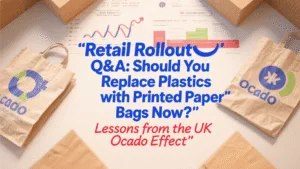Is your standard brown box undermining your brand’s potential? Many businesses view custom packaging as a pure expense, failing to see its power to drive growth.
Custom printed boxes are a marketing investment with a clear ROI, achieved through enhanced brand value, better customer experiences, and reduced product damage. This guide answers five key questions B2B decision-makers have about making this strategic shift from cost to asset.
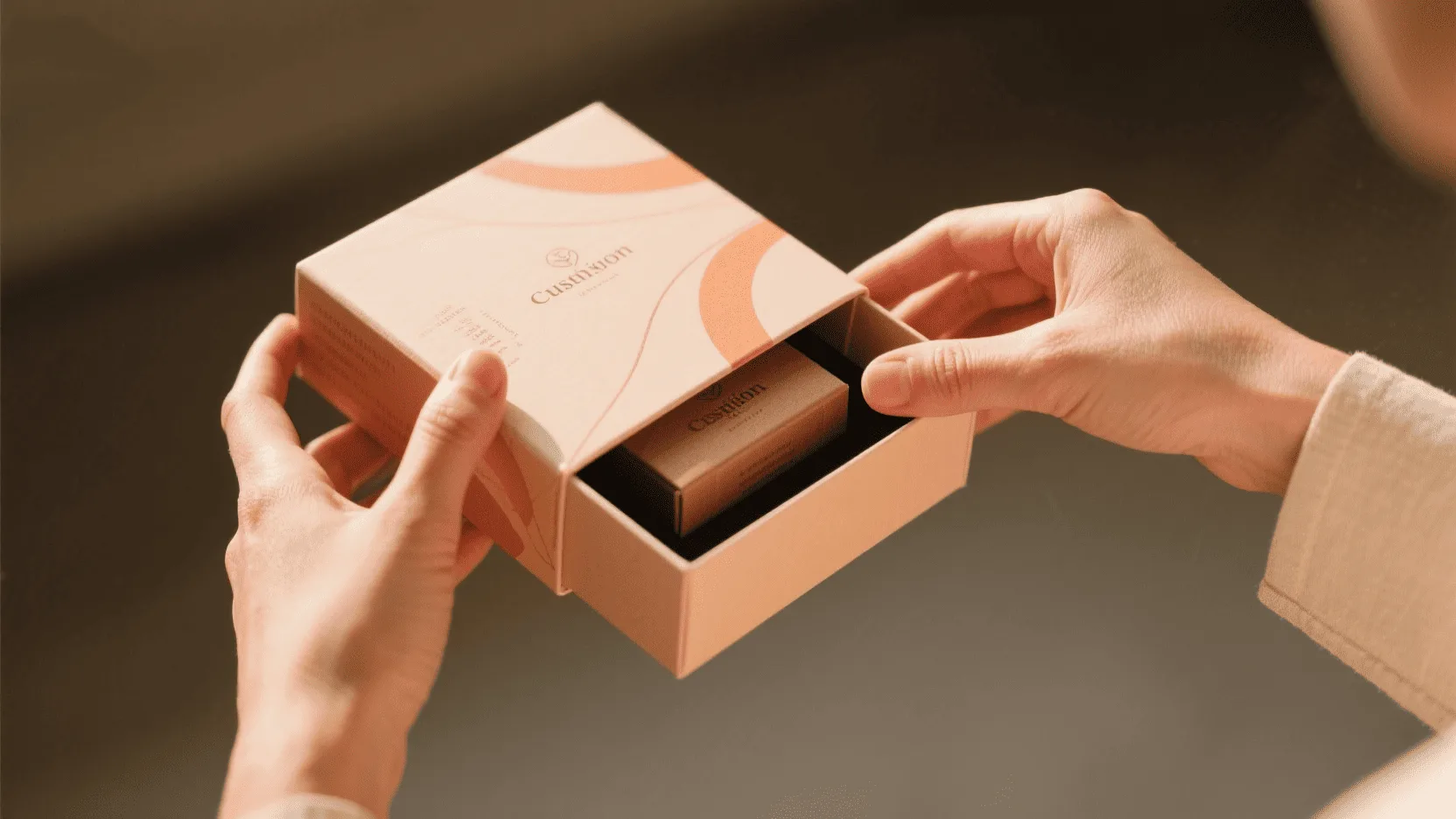
I’ve seen it countless times in my career: a fantastic product arrives in a generic, forgettable box. It’s a massive missed opportunity. The package is the first physical interaction a customer has with your brand, especially in e-commerce. It’s your chance to start a conversation, to tell a story, and to make the customer feel valued. Thinking of that box as just a container is like thinking of a storefront as just a door. It’s so much more. Let’s explore how to transform this simple container into one of your most effective marketing tools.
Where Does the ROI on Custom Printed Boxes Actually Come From?
Worried that custom packaging is just an added expense? The truth is, it’s a marketing investment that pays for itself in multiple ways, if you know where to look.
The ROI from custom printed boxes comes from boosting your brand’s perceived value, creating shareable "unboxing" experiences, increasing customer loyalty, and even reducing costs from shipping damage. It turns an operational necessity into a revenue-driving asset.
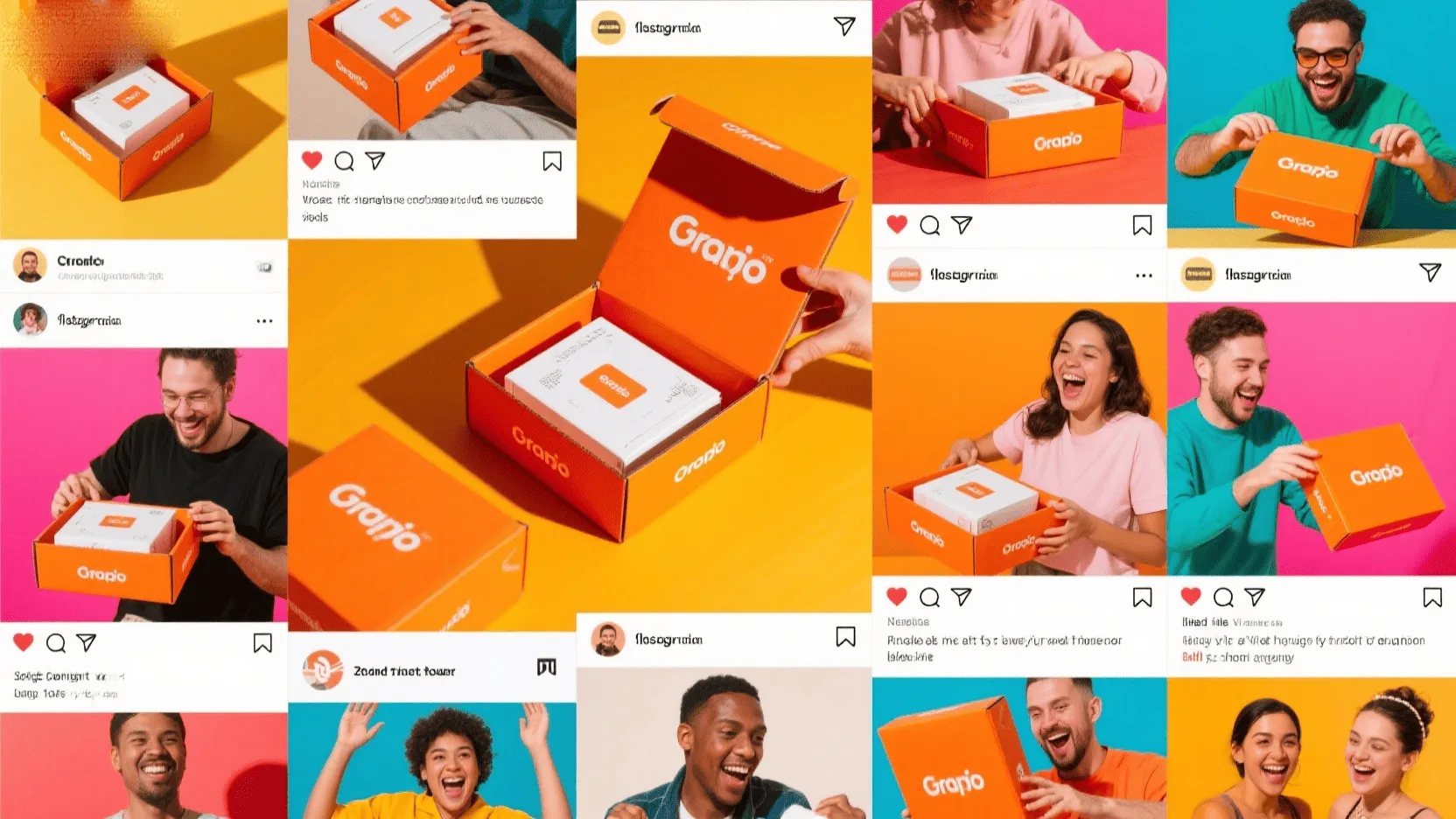
One of our clients, a direct-to-consumer skincare brand, was using standard mailer boxes. Their products were excellent, but their packaging was generic. They were hesitant to invest more, but we ran a trial with a small batch of beautifully designed custom printed boxes. Within three months, they saw a noticeable increase in social media tags and a bump in repeat purchases. The data was clear: the box wasn’t just a cost; it was actively driving customer engagement and loyalty.
This isn’t just a one-off story; it’s a reflection of a larger trend. Your packaging is a mobile billboard. It’s handled by dozens of people before it reaches your customer, increasing brand visibility at every step. More importantly, it directly influences how customers feel about your product. According to a Dotcom Distribution report, 49% of online shoppers say branded packaging makes them more excited about receiving and opening an item. That excitement translates into a higher perceived value, allowing you to command premium pricing. It also creates a memorable "unboxing experience," a powerful source of user-generated content that provides free, authentic advertising. Finally, a box designed specifically for your product drastically reduces damage during shipping, which means fewer returns, replacements, and unhappy customers.
| Data Dimension | Statistic | Source/Year | Implication for B2B Decisions |
|---|---|---|---|
| Packaging’s Impact on Purchase | 72% of American consumers agree that a product’s packaging design influences their buying decision. | IPSOS, 2022 | Investing in design is a direct investment in your sales conversion rate. |
| Sustainability Willingness to Pay | 81% of consumers state they are willing to pay more for sustainable packaging. | Shorr Packaging Corp, 2023 Survey | Eco-friendly packaging is a market opportunity that attracts high-value customers. |
| E-commerce Repeat Purchases | 49% of online shoppers report that branded packaging makes them excited to buy from that brand again. | Dotcom Distribution, 2022 Report | A quality unboxing experience is a highly effective strategy for boosting customer lifetime value (CLV). |
How Do You Choose the Right Box Structure and Material for Your Product?
Confused by mailer boxes, folding cartons, and rigid boxes? Choosing the wrong structure or material can lead to damaged products and a poor brand impression.
The right choice depends on your product’s function, industry, and brand positioning. Mailer boxes are for e-commerce, folding cartons for retail shelves, and rigid boxes for luxury goods. Material selection hinges on product weight, fragility, and your brand’s image.
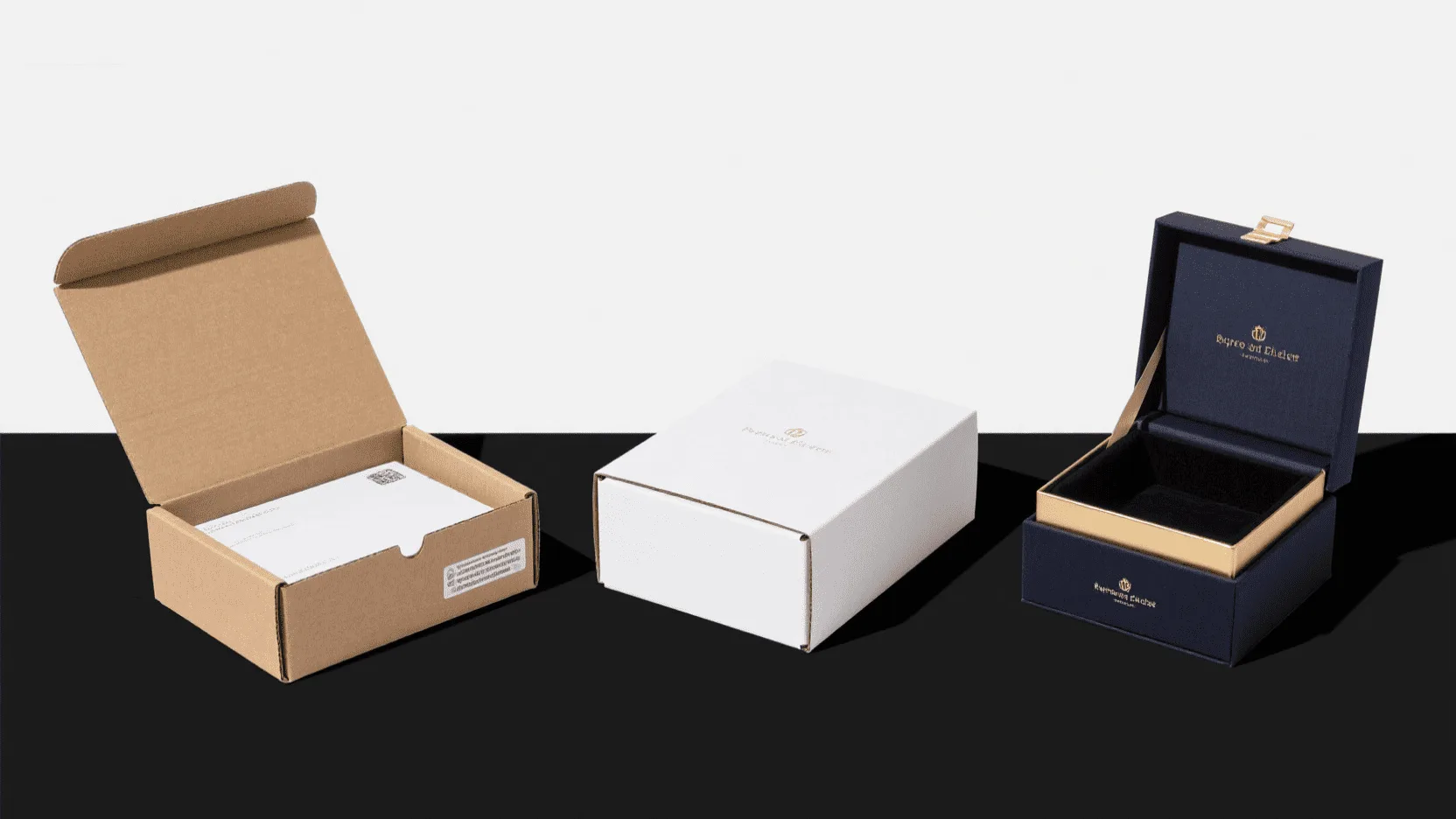
Choosing the right box is a strategic decision, not just a logistical one. As a packaging expert, my first questions to a new client are always: "What are you selling, and where are you selling it?" The answers determine everything. Let’s break down the main options:
- Mailer Boxes: Made from sturdy corrugated paperboard, these are the workhorses of the e-commerce world. They are engineered for durability to withstand the rigors of shipping. Their interlocking flaps mean they can often be assembled without tape, creating a clean opening experience. They are perfect for subscription boxes, apparel, and electronics.
- Folding Cartons: You see these everywhere in retail. They are made from paperboard like white or Kraft cardstock, printed flat, and then folded into shape. They are lightweight and offer a fantastic surface for high-quality printing, making them ideal for cosmetics, food products, and pharmaceuticals that need to stand out on a crowded shelf.
- Rigid Boxes: Often called "setup" or gift boxes, these are the pinnacle of luxury packaging. Made from thick, condensed paperboard and wrapped in premium paper, they are incredibly strong and don’t collapse. Think of the box your smartphone or a high-end watch comes in. They provide superior protection and convey an immediate sense of high value.
The material is just as critical. A heavy, fragile item requires thick, multi-layered corrugated board. A brand focused on sustainability might choose an FSC-certified Kraft paper for an earthy, organic feel. A luxury brand will lean towards heavy paperboard with a specialty finish. At Omet Packaging, we guide our clients through these choices, ensuring the final box is a perfect blend of form, function, and brand identity.
How Much Do Printing and Finishing Processes Really Affect the Final Look?
Is a simple printed logo enough, or do finishes like foil stamping and embossing truly matter? These details can seem small, but they make a world of difference.
Printing and finishing are crucial for elevating a simple box into a premium brand statement. High-quality offset printing ensures color accuracy, while finishes like lamination, foil stamping, and spot UV add tactile and visual appeal that significantly enhances perceived value.
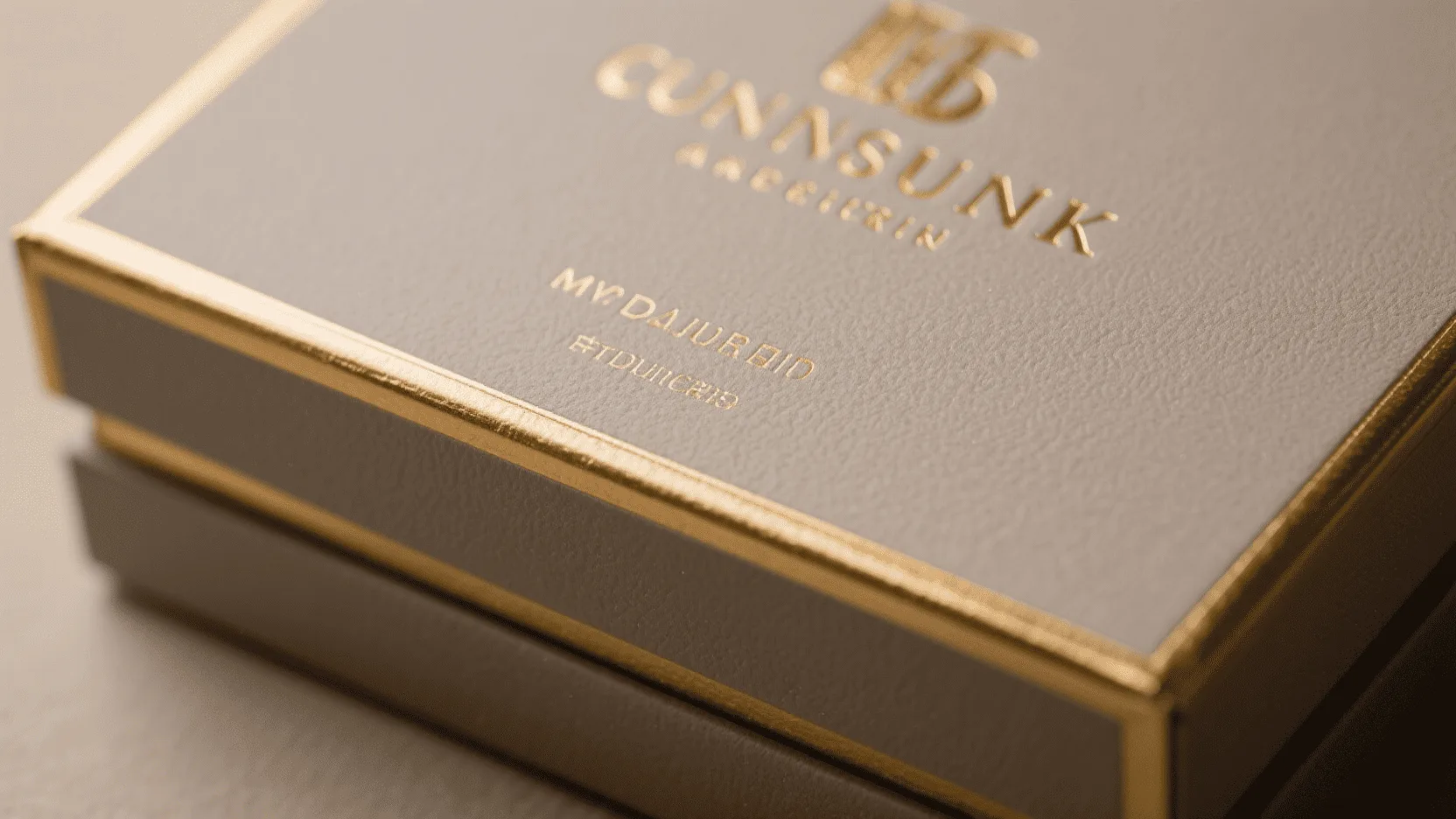
The difference between a standard box and a luxury one often comes down to the finishing touches. I once worked with a jewelry brand whose product was exquisite, but their box was just a plain color with a simple logo. It felt disconnected. We redesigned it using the same box structure but added a soft-touch matte lamination and stamped their logo in a subtle gold foil. The change was transformative. The box now felt as special as the jewelry inside, and they reported customers often kept the box for storage, keeping the brand present in their homes.
This is the power of smart finishing. Let’s look at the key techniques:
- Printing: For large runs, Offset Printing is the gold standard. It produces the sharpest images and the most accurate color matching (including Pantone colors), which is vital for brand consistency. For smaller, more customized jobs, Digital Printing is a flexible and cost-effective option.
- Lamination: This is a thin protective film applied to the paper. Matte lamination offers an elegant, non-reflective finish, while Gloss lamination makes colors pop and adds durability.
- Hot Stamping (Foil): This process uses heat and pressure to apply metallic foil to the box, creating a striking, high-end metallic effect for logos or accents.
- Spot UV: This adds a high-gloss, slightly raised coating to specific areas of the design. It creates a beautiful contrast against a matte background, drawing the eye and inviting touch.
- Embossing/Debossing: This technique creates a 3D effect by either raising (embossing) or depressing (debossing) a part of the paperboard, adding a sophisticated, tactile dimension to your design.
By strategically combining these techniques, you can create a multi-sensory experience that makes your brand unforgettable.
Will Choosing Eco-Friendly Packaging Dramatically Increase My Costs?
You want to be sustainable, but you’re worried about the budget. Is it possible to go green without seeing your packaging costs skyrocket?
No, sustainable packaging is now highly accessible and cost-competitive. Using materials like FSC-certified paper, recycled content, and soy-based inks is a smart investment that aligns with consumer demand and can even improve brand reputation and sales.
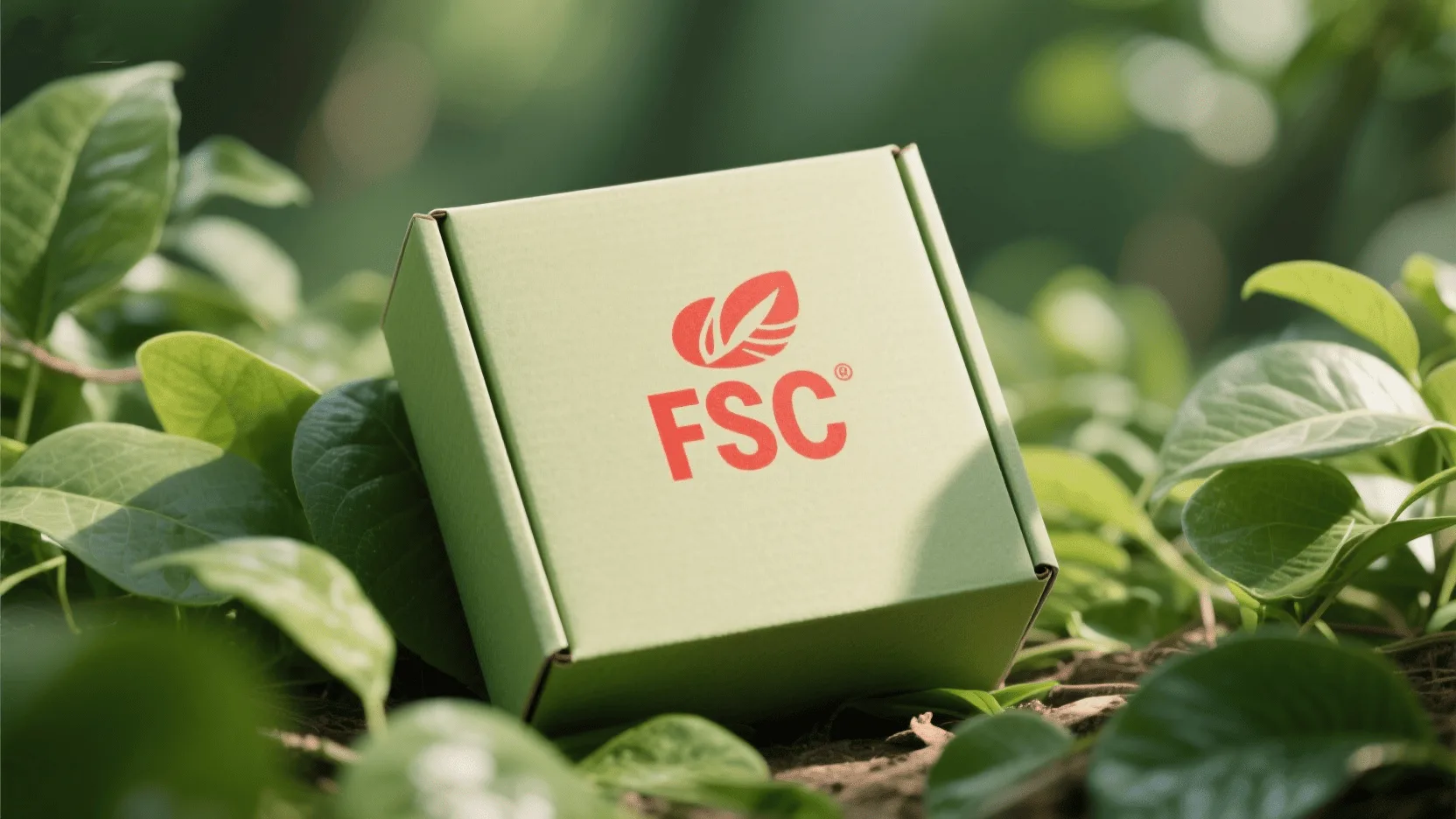
This is one of the most common concerns I hear from business owners, and I am always happy to dispel this myth. A decade ago, sustainable materials were a niche, premium option. Today, the supply chain is incredibly mature. Materials like FSC-certified paper—which guarantees the pulp comes from responsibly managed forests—are now a standard offering. The cost difference is often minimal, yet the brand benefit is enormous.
A 2023 McKinsey report found that over 60% of consumers are willing to pay more for sustainable packaging. It’s no longer just a "nice to have"; it’s a core driver of purchasing decisions. At my company, we are both BSCI and FSC certified. This isn’t just about compliance; it’s about our commitment to ethical and environmental responsibility. We help clients make sustainable choices that fit their budget. For instance, smart structural design can reduce the total amount of paper used, offsetting the cost of a higher-grade recycled material. We also use eco-friendly options like soy-based inks, which are less harmful to the environment than traditional petroleum-based inks. Choosing sustainable packaging isn’t an expense; it’s an investment in brand reputation and a direct response to what modern consumers demand. It tells your customers that you share their values, building a deeper, more resilient connection.
What is the Full Process for Ordering Custom Boxes, and What Do I Need to Prepare?
The idea of creating a custom box from scratch sounds complex and intimidating. Where do you even start, and what is expected of you?
The process is a straightforward, collaborative journey: consultation, quotation, design & prototyping, mass production, and finally, logistics. All you need to prepare initially are your product’s dimensions, your logo files, and a general idea of your brand’s style.
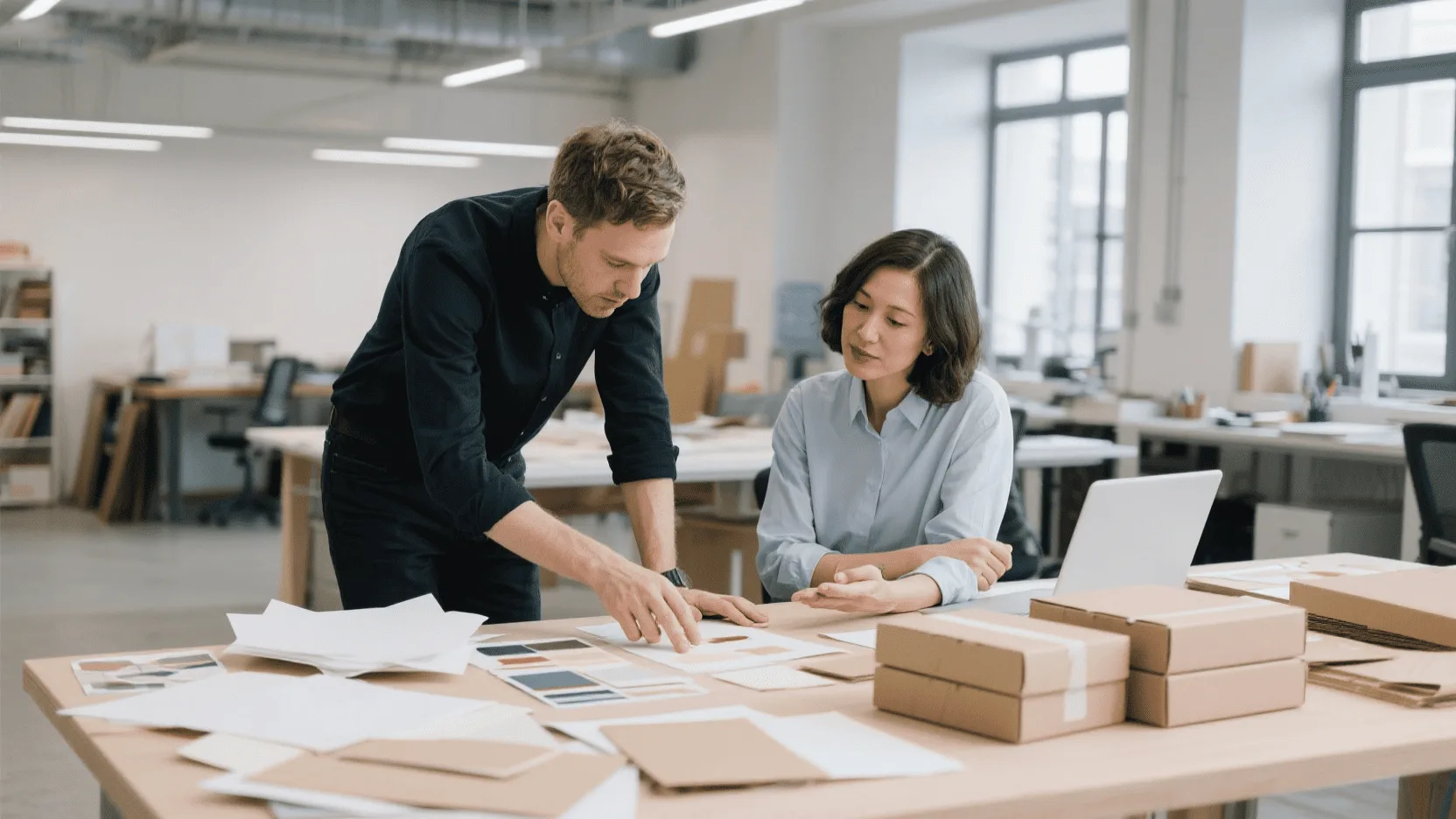
My goal is always to make the custom packaging process feel easy and empowering for my clients, not overwhelming. We’ve refined our system into a clear, one-stop solution that handles all the technical details so you can focus on your brand vision. Here’s what that journey looks like when you work with a partner like Omet Packaging:
- Consultation & Needs Analysis: It all starts with a conversation. You tell us about your product (size, weight, fragility), your brand, your target audience, and your budget. We listen and start brainstorming ideas.
- Proposal & Quotation: Based on our talk, we’ll recommend specific box structures, materials, and finishing processes. We provide a detailed, transparent quote so you know exactly what to expect.
- Design & Prototyping: This is where it gets exciting. You provide your brand assets, like your logo in a vector format (e.g., .AI or .EPS). Our structural engineers and graphic specialists then create a dieline and a digital mockup. Before any large-scale production, we create and ship a physical prototype to you. You can touch it, test it with your product, and ensure it’s perfect.
- Mass Production: Once you approve the sample, we move to full production. With seven fully automated production lines, we can handle orders efficiently while maintaining strict quality control.
- Quality Control: We inspect the boxes at every stage of production to ensure they meet our high standards and your exact specifications.
- Global Logistics: We don’t just make the boxes; we get them to you. We manage the packing and worldwide shipping to ensure your order arrives safely and on time.
All you really need to begin is a clear idea of your brand and your product. We handle the rest, turning your vision into a physical asset that will protect your product and grow your business.
Conclusion
Custom printed boxes are far more than a container; they are a strategic tool. They are your brand’s storyteller, its silent salesperson, and the first tangible piece of your promise to the customer. Investing in them is an investment in brand recognition, customer loyalty, and market competitiveness.
Don’t let your product get lost in a generic brown box. Contact our expert team at Yiwu Omet Packaging today for a free consultation and see how we can turn your packaging into your most powerful brand asset.
FAQ
Q1: What is your minimum order quantity (MOQ)?
A1: Our MOQ typically starts between 500 to 1,000 units, depending on the box’s complexity, size, and printing processes. Our automated lines provide significant cost advantages for larger orders, but we are happy to discuss the best solution for your specific needs.
Q2: How long does prototyping take, and what is the cost?
A2: Prototyping time varies. A simple structural sample can take a few days, while a fully printed and finished sample takes longer. The cost of the sample is often credited back to you or deducted from your final invoice once you place a bulk order.
Q3: Can you help with the packaging design process?
A3: Absolutely. We offer comprehensive services that include structural design to ensure your product fits perfectly and is well-protected. We can also work closely with your marketing team to provide support for graphic design, ensuring your brand’s vision is perfectly executed on the final product.

